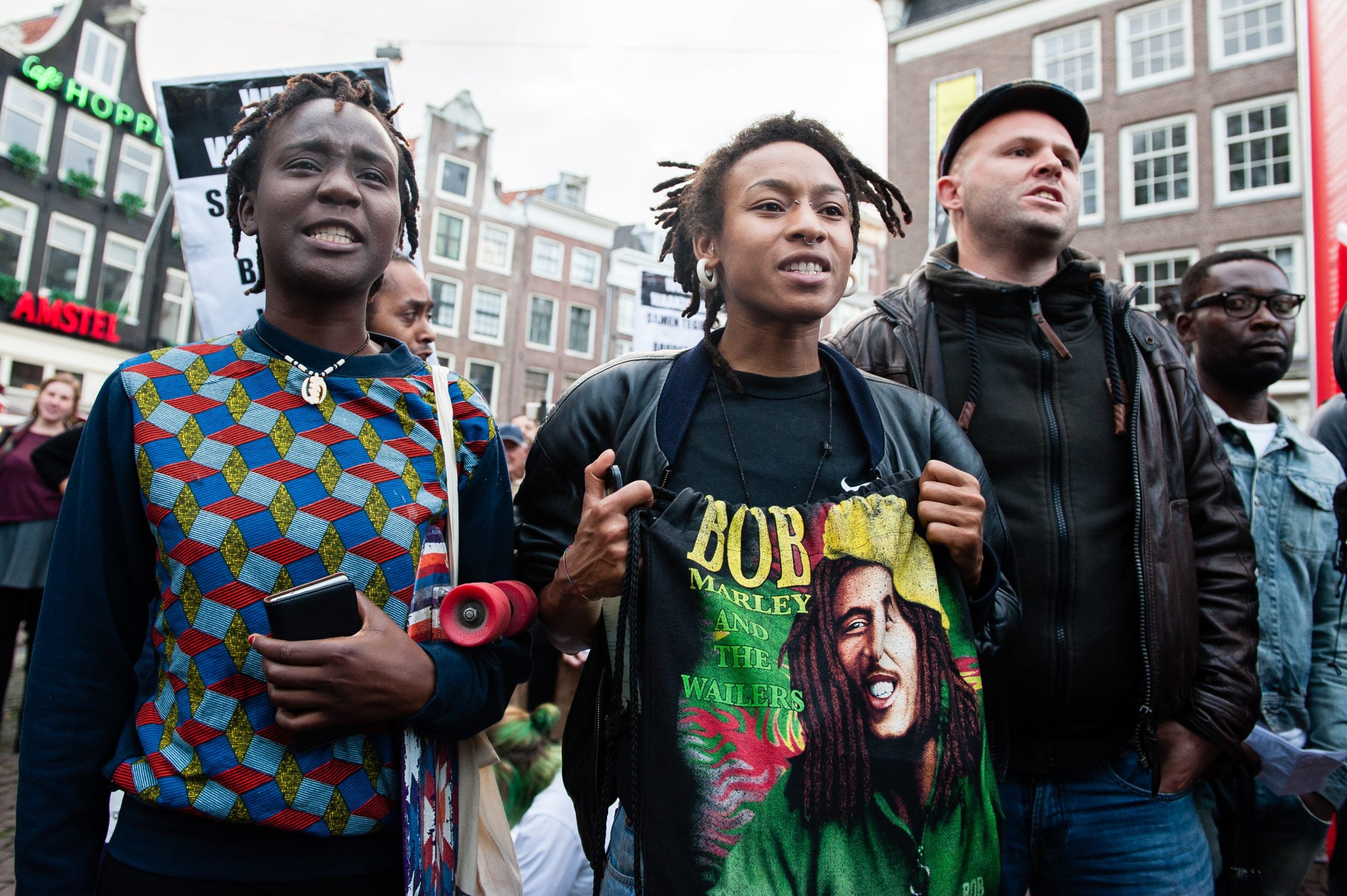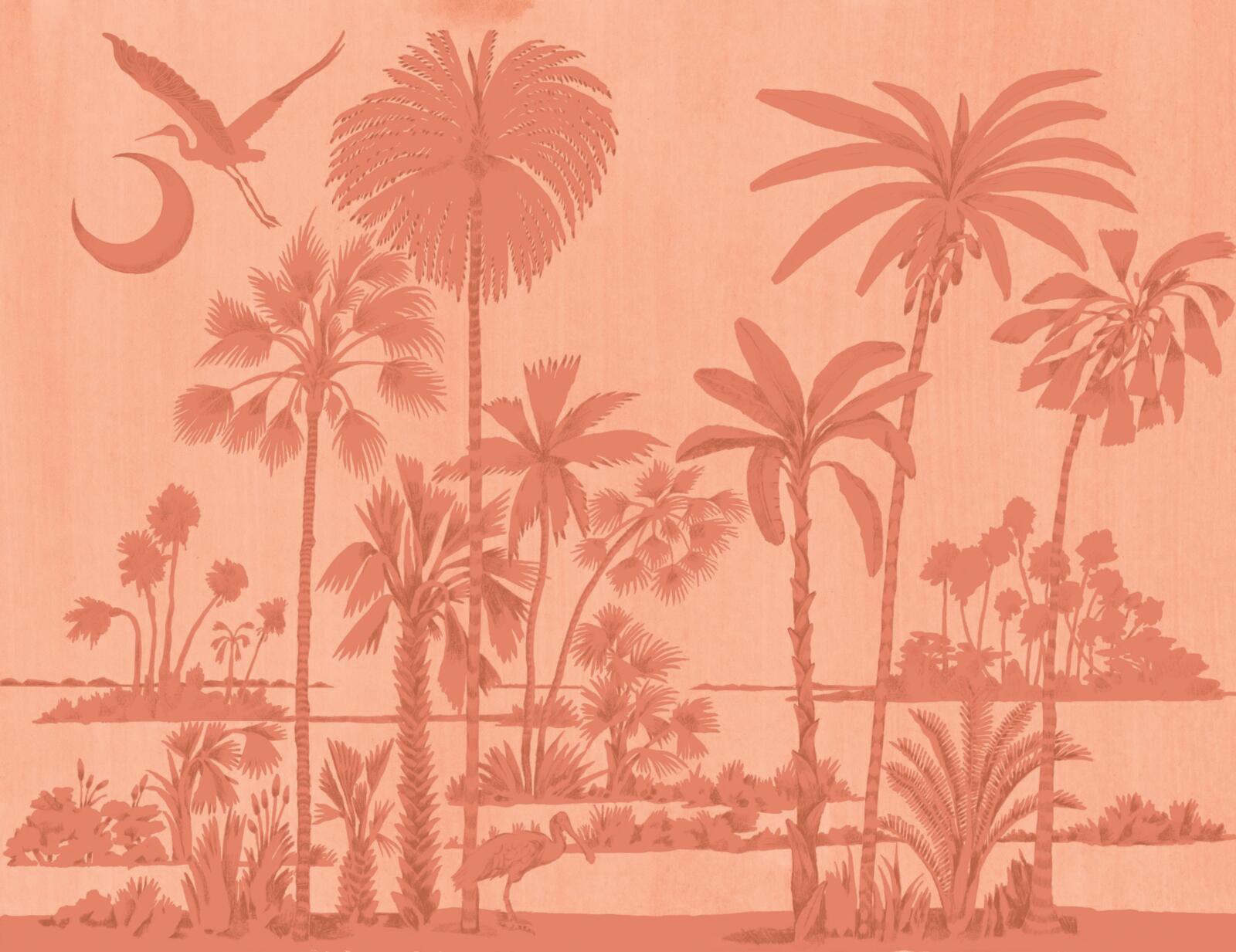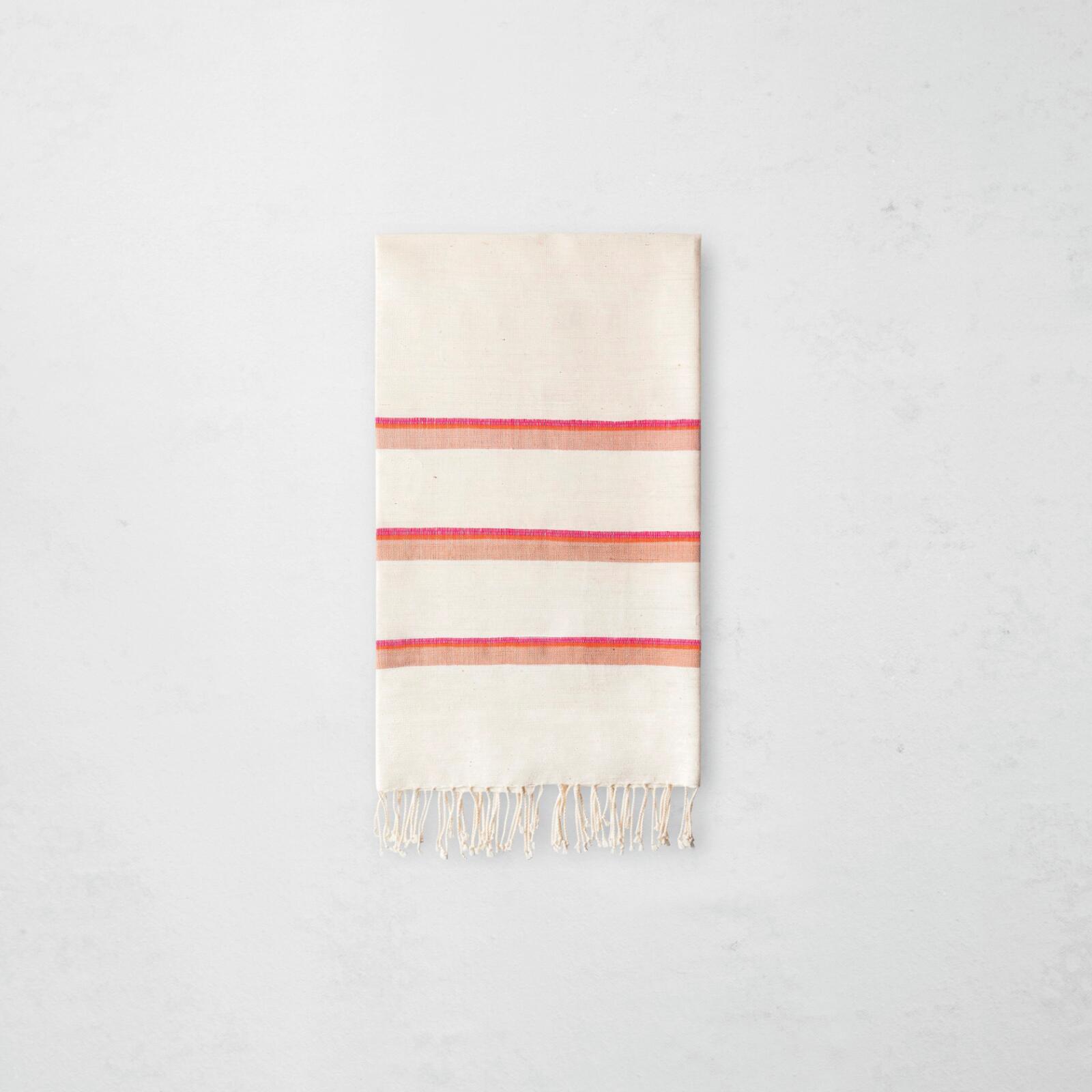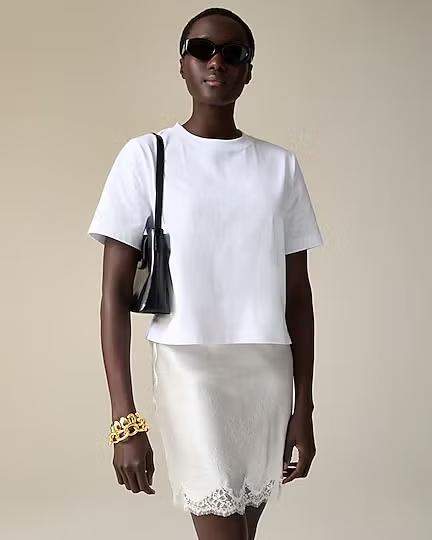In the immediate days following 45’s – I refuse to type his name – election to the presidency, many of us flooded the streets protesting the election outcome. Beyond the glaring difference between the popular and electoral vote counts, that election, and the subsequent president-elect, felt eerily different. While on the campaign trail, 45 used dog whistle politics and, at times, explicitly racist and sexist rhetoric, to rile up and aim the fury of his predominantly white base squarely at those on the margins—Black people, immigrants, Muslims, the disabled and women—so it was no surprise to me that the streets would be full of diverse groups of people. Yet, out among the people, I found myself marching in stride with someone seemingly unfamiliar. Donning all black, including a black face covering and hood, Doc Martens combat boots, and silver chains hanging near their thigh, I grew increasingly unsettled and fearful of the person next to me that was also shouting, “Fuck Trump!” This person and others with them that had a similar aesthetic were not afraid to physically confront alt-right counter protesters (or law enforcement) with force, putting their bodies in between those protesting for social change and progress and those upholding the status quo.
As I attended even more protests, I saw and encountered more of them – “Antifa” – vilified by mainstream media and politicians and lauded by a multiracial contingent of anti-capitalist organizers. And, now that we are on the precipice of the second-wave of the Movement for Black Lives, which has drawn more of these mysterious characters out, it seriously begs the question – who or what in the world is an “Antifa”?
Antifa, short-hand for “anti-fascist,” long predates the election of 45. In American schools, we learn that the first organized anti-fascist movement emerged in response to the spread of fascism in Europe after World War I in the 1920s, particularly the rise of Italian dictator Benito Mussolini and the emergence of the Third Reich under Adolf Hitler’s reign of terror. Fascism can best be characterized as far-right authoritarianism with a splash of extreme nationalism to the detriment or exclusion of others. Fascist leaders act as dictators, squashing democracy and any dissent – whether that be from the country’s citizens, opposing political leaders inside or outside the country, or the press – usually with violence or rhetoric that promotes or facilitates violence. Another key feature of fascism is genocide and ethnic cleansing. Historically, fascist regimes have enacted policies and programs that have called for the extermination of those that do not fit a particular mold of whiteness (i.e. notions of an Aryan or “master” race). Fascism thrives on violence and is often aided by a paramilitary force, like Italy’s Blackshirts and Nazi Germany’s Gestapo. These forces do the bidding of their fascist leaders, whether it be dragging millions into concentration camps or disproportionately incarcerating immigrants.
In short, fascism is extremely violent, powerful, and, arguably, highly organized white supremacy.
Like Mussolini and Hitler, Trump is a fascist, and he’s not alone. We are currently witnessing the global rise of fascism as leaders like Brazil’s Jair Bolsonaro, Philippines President Rodrigo Duterte, Indian Prime Minister Narendra Modi, and increasingly China’s President Xi Jinping and Britain’s Prime Minister Boris Johnson, have all embraced nationalism and authoritarianism, and used their country’s police and/or military to incarcerate and even kill racial and ethnic minorities—from Brazil’s indigenous people to Muslim Uighurs and African immigrants in China.

The United States is no different. In addition to decades of mass incarceration, which has swallowed whole generations of Black people and Native Americans, in recent years, we’ve watched Black and Latinx immigrants be detained and incarcerated at alarming rates as well as Central American children placed in literal cages under this administration. Police officers across this country have continued to detain and kill Black people at a disproportionate rate with impunity, despite implicit bias and de-escalation training, body and dash cameras, and pushes for greater officer diversity and community policing. Furthermore, these cases of brutality only seem to get more and more egregious.
Botham Jean, Atatiana Jefferson, Korryn Gaines, and Breonna Taylor were all killed by law enforcement in their own homes. Stephon Clark was killed in his grandmother’s backyard while holding a cell phone. And most recently, much of the world watched as former Minneapolis Police officer, Derek Chauvin, held his knee against George Floyd’s neck for nearly nine minutes. Meanwhile, Trump has sanctioned, justified, and even praised this type of white violence. This is fascism and we must name it as such. And, it is this type of systemic white nationalist terror that antifa protestors seek to combat.
***
In March 2019, I once again found myself standing near an antifa protestor, this time at a protest in Sacramento in response to the killing of Stephon Clark and the Sacramento County District Attorney’s refusal to prosecute and hold the officers, who killed Clark, accountable. As riot police grew increasingly hostile, using their bikes and batons to attack us, that same antifa protestor jumped in front of me, acting as a buffer between myself and the officer. In this bold display of solidarity, I remember thinking, “oh, they really about that life!” This moment helped crystallize for me that anitfa protestors were not just against Trump, but, rather, saw anti-blackness and racism broadly as manifestations of fascism.
According to author and Professor Mark Bray, antifa/anti-fascism is the intersection of radical left politics and “a strategy and politics of direct action.” Antifa protestors believe in organizing from below and have little to no faith in the state, police, or the courts – the government – as they recognize that these systems of power have also been corrupted by the fascist regime. Sound familiar? Like, Trump and Senate Majority Leader Mitch McConnell stacking our courts with far-right and underqualified judges. Or, police officers seldomly being indicted or even charged for their violent acts, or when we do try to hold them accountable, more and more police going rogue and walking off the job. With a completely broken political and economic system, antifa protestors often view armed resistance and self- and community-defense as their only means of defeating fascism. We would be remiss to not acknowledge that this sentiment resonates deeply with many Black people, too.
In these present-day, heightened moments of racial unrest, how often do we see that iconic image of Malcolm X peering out a curtain while holding a rifle going viral on our social media feeds? This image, as well as similar pictures of Black Panther Party members, often animates our Black radical imaginations and own legacies of Black anti-fascism.
For the Panthers, fascism wasn’t just something that happened in Nazi Germany or in European colonies abroad. Fascism was also in action here at home. Slavery, anti-abolitionist riots, the bombing of Black Wall Street and the Tulsa massacre, the rise of the KKK and white citizens’ councils, and Nixon’s war on drugs and staunch “law and order” were all forms of fascism that aimed to enslave, repress, and kill Black people. Therefore, the Black Panther Party aligned themselves with anti-fascist movements happening during this period, as they recognized that Black people in this country have always had the boot of fascism on our collective necks.
We glorify images of Black Power militancy, yet quickly forget the cautionary messages of Malcolm, who warned us that whenever we oppose white supremacy and demand our rightful freedom we would be met with state violence. His image is a reminder that we should be prepared to defend ourselves “by any means necessary.” Black Panther Party chapters in Sacramento, Los Angeles, and Chicago during the late 1960s were raided by local police officers, and many Party members dared to shoot back.
It was their understanding of fascism as being linked to anti-Blackness that led the Black Panther Party to host a United Front Against Fascism conference in Oakland, California, in July 1969, which attracted other Black as well as Latinx/Caribbean, Asian American, Native American, and progressive, working class white organizers and organizations from across the nation. It was their shared understanding of U.S. fascism that united the organizations and the people.
To make it plain, white people do not hold a monopoly on anti-fascism. Furthermore, Black people have been among the vanguard of anti-fascists.
Contrary to popular belief, Black folks are embedded within current networks of antifa. Ezili*, a Black Sacramento-based anti-fascist and street scholar, first became engaged with anti-fascist work following the election of Trump and the spread of right-wing rhetoric on college campuses. Ezili argues that we are witnessing this global resurgence of fascism due to “the failure of both [neo]liberal and conservative white supremacy.” Fascism emerges in the crisis of whiteness, white masculinity, and capitalism. In turn, according to Ezili, “[white] folks are like, this [racial and social order] is no longer enough, we have to go back to some of the old ways” as a means to reify white domination.
Thus, to be anti-fascist is to be anti-racist.
As a response to 45’s whitelash and the growth of fascism, anti-fascists of today view this as an opportunity to reimagine society where mutual aid, accessible medical coverage, and the ability to earn a livable wage are universal. “We focus on anti-fascists and anarchists destroying things rather than seeing anti-fascism as a process that is both creative and destructive. Yes, [we] punch the fascists, but you’re also going to find a person, especially Black anti-fascists, [who] is going to make sure your nana gets fed and that your friend gets their medical expenses covered; that, too, is anti-fascism,” says Ezili.
While we are encouraged to demonize antifa protestors, labeling them as provocateurs of anarchy, Ezili reminds us to reflect on the words of James Baldwin, “In any case, white people, who had robbed Black people of their liberty and who profited by this theft every hour that they lived, had no moral ground on which to stand.” It is this sentiment that is also echoed in author and activist Kimberly Latrice Jones’ viral clip on America’s “broken social contract” in defense of looting, violence, and anarchy in Minneapolis following the death of George Floyd.
To be anti-fascist is to be anti-racist.






In the wake of the current uprising spurred by the tragic deaths of Breonna Taylor, George Floyd, Tony McDade and too many other Black people at the hands of police, Antifa has once again appeared, drawing polarizing critiques, largely from right-wing political pundits accusing Antifa of instigating and stoking violence as well as Black people, who have largely been disconnected from their legacies of Black anti-fascism. As Black people waging a battle for our very lives, we must remember that our freedom is tied to the fall of fascism, and that many antifa protestors are working alongside our movements as allies. Next time you share that portrait of Malcolm or Black Panther Party members toting guns, remember they became and were anti-fascists. And, in times like these, we should all strive to be unapologetically anti-fascists, too!
* For the sake of anonymity and security, I’ve used the pseudonym “Ezili” to describe the interviewee.
Jeanelle K. Hope, Ph.D. is an activist-scholar and Assistant Professor of Comparative Race and Ethnic Studies. She writes and conducts research on Black social movements, Afro-Asian solidarity, Black girlhood, and Black art and cultural production.

